Diamond Rain on Uranus - New Research Unveils Stunning Possibilities

For decades, the idea of "diamond rain" on Uranus has captivated scientists and the public alike. This intriguing phenomenon, where intense pressure and heat deep within the planet's atmosphere are thought to crystallize carbon into diamonds, has remained largely theoretical. However, recent research utilizing advanced experimental techniques and computer modeling is shedding new light on the possibility of diamond rain on Uranus, offering compelling evidence to support this captivating planetary process.
Delving into the Depths: Understanding the Science
Uranus, an ice giant with a tumultuous atmosphere, possesses conditions vastly different from Earth. Beneath the planet's upper layers of hydrogen, helium, and methane lies a dense, superheated fluid composed primarily of water, methane, and ammonia. It's within this extreme environment, where pressures reach millions of times that of Earth's atmosphere, that scientists believe diamond rain forms.
The process begins with the immense pressure breaking down methane molecules (CH4), releasing carbon atoms. These carbon atoms then bond together, forming long chains. Under the extreme pressure and heat, these chains compress and arrange themselves into the highly ordered, incredibly strong structure of diamonds.
New Research: A Closer Look at Diamond Formation
In 2023, a team of researchers from the SLAC National Accelerator Laboratory utilized the powerful Linac Coherent Light Source (LCLS) X-ray laser to mimic the extreme conditions found within Uranus. They compressed a hydrocarbon material, simulating the planet's internal chemistry, and observed the formation of nanodiamonds, tiny diamonds measuring only a few nanometers in size.
This groundbreaking experiment provided the first direct evidence of diamond formation under conditions mimicking those believed to exist within Uranus, lending significant credence to the theory of diamond rain. Furthermore, the study, published in the journal "Nature Astronomy," suggested that the diamonds forming on Uranus could be much larger than previously thought, potentially reaching millions of carats in size.
Beyond Experiments: Computer Models Enhance Our Understanding
Complementing these experimental findings, sophisticated computer simulations are further bolstering the case for diamond rain on Uranus. These simulations, incorporating the latest data on the planet's atmospheric composition and internal structure, have allowed scientists to model the behavior of carbon atoms under Uranian conditions with unprecedented accuracy.
The results of these simulations align remarkably well with the experimental observations. They demonstrate that under the extreme pressures and temperatures present deep within Uranus, carbon atoms readily bond and crystallize, forming diamonds that then precipitate downwards through the planet's dense atmosphere.
Implications and Future Exploration
The mounting evidence for diamond rain on Uranus has significant implications for our understanding of ice giant planets. It suggests that these planets could be vast reservoirs of diamonds, potentially influencing their internal heat flow, magnetic fields, and overall evolution.
Moreover, the study of diamond rain could provide valuable insights into the behavior of matter under extreme conditions, furthering our understanding of fundamental physics and chemistry. While sending a spacecraft to directly observe diamond rain on Uranus remains a distant prospect, future missions equipped with advanced instruments could analyze the planet's atmospheric composition and gravitational field, providing further clues about this captivating phenomenon.
Looking Ahead: The Allure of Diamond Rain Continues
The quest to unravel the mysteries of diamond rain on Uranus is far from over. As scientists continue to refine their experimental techniques and develop even more sophisticated computer models, we can anticipate further groundbreaking discoveries that will illuminate this fascinating planetary process. The allure of diamond rain, a captivating example of the wonders hidden within our solar system, promises to inspire both scientific inquiry and public imagination for years to come.
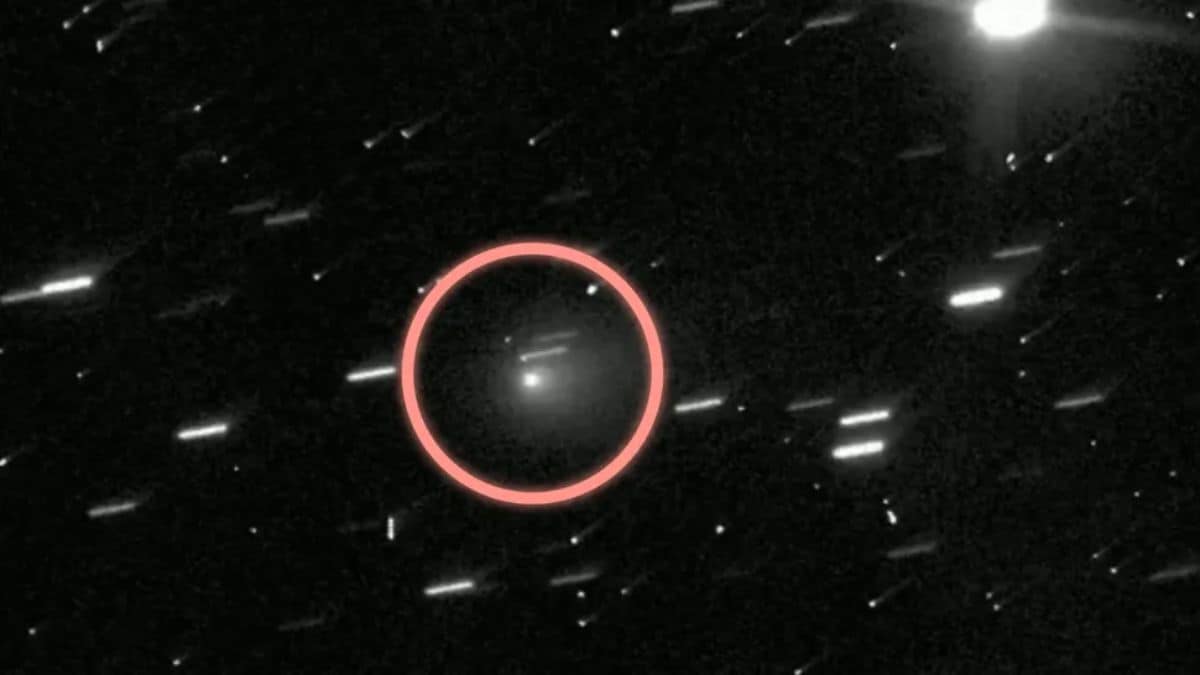
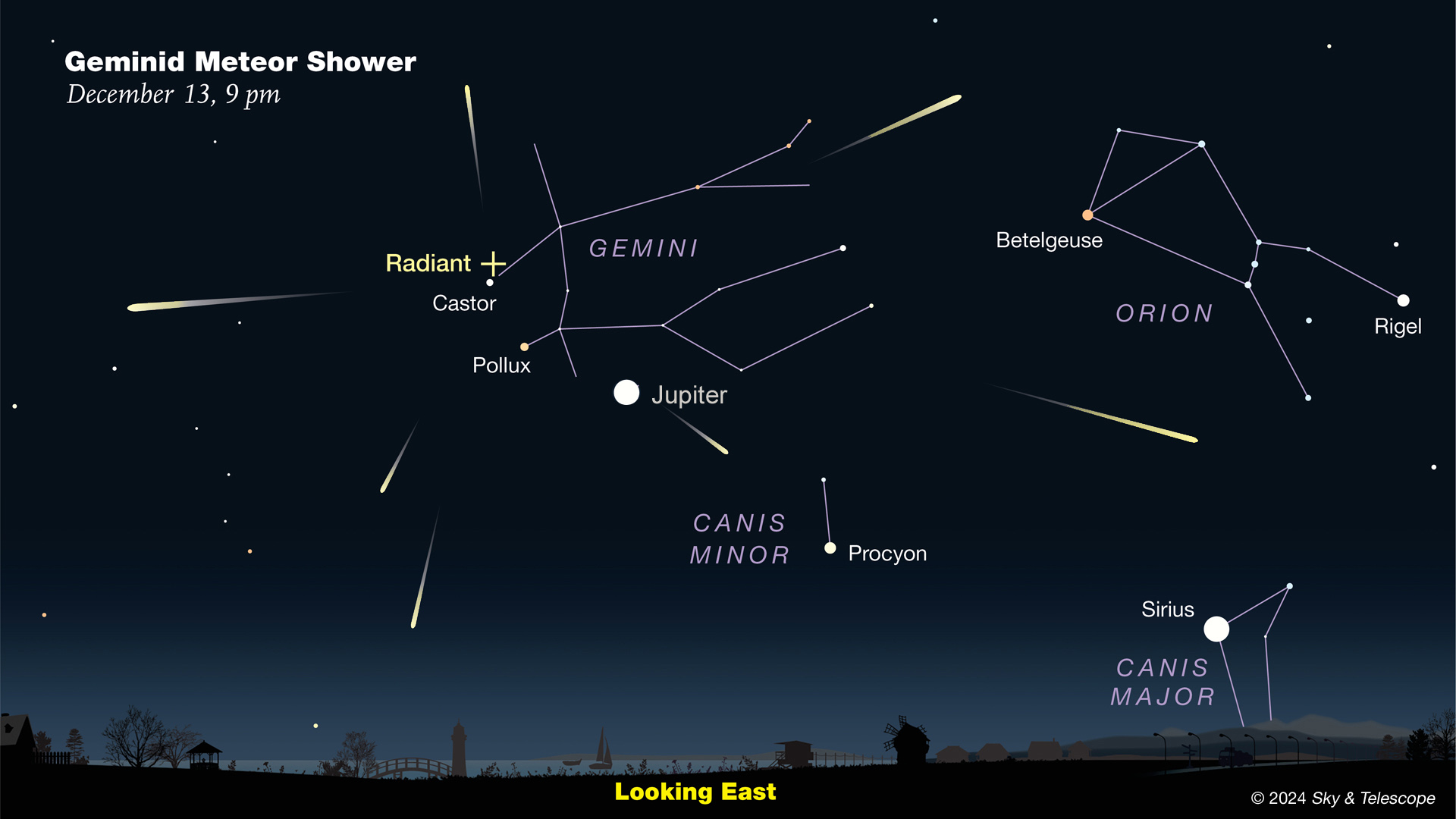

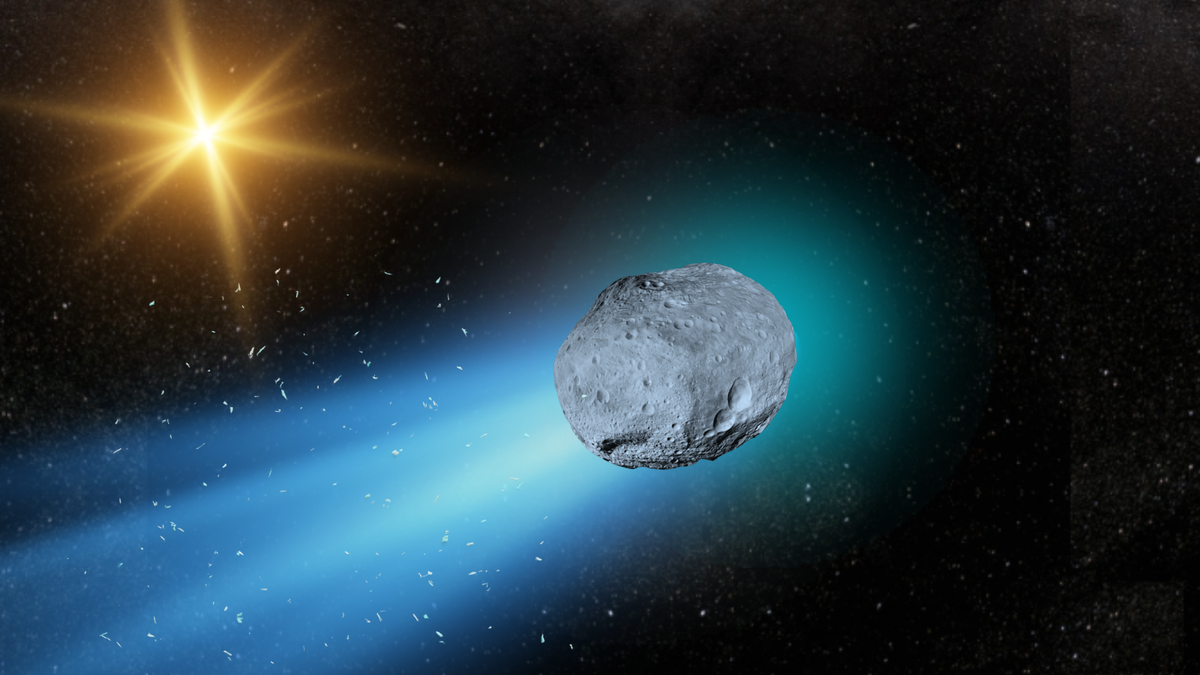
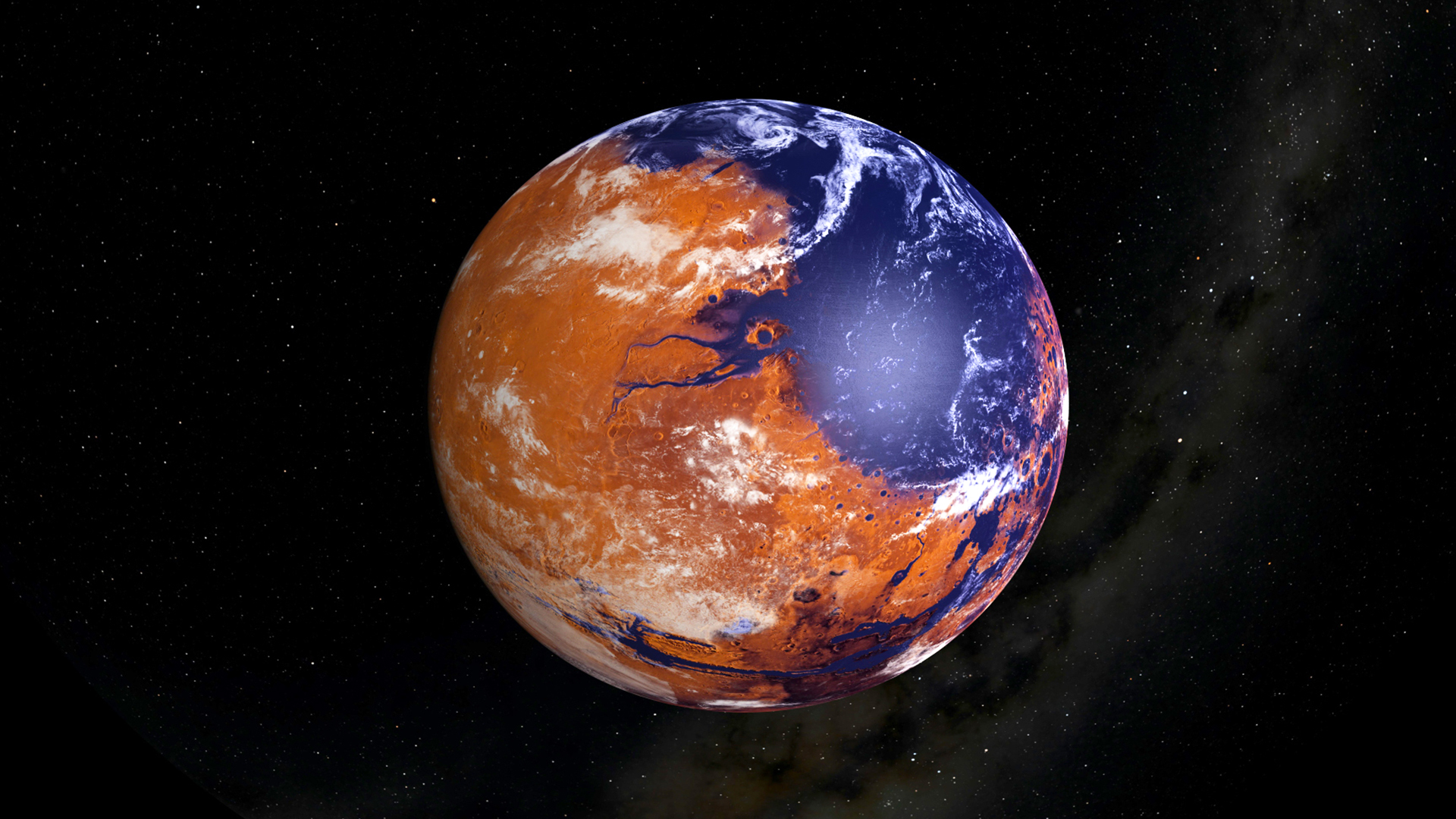

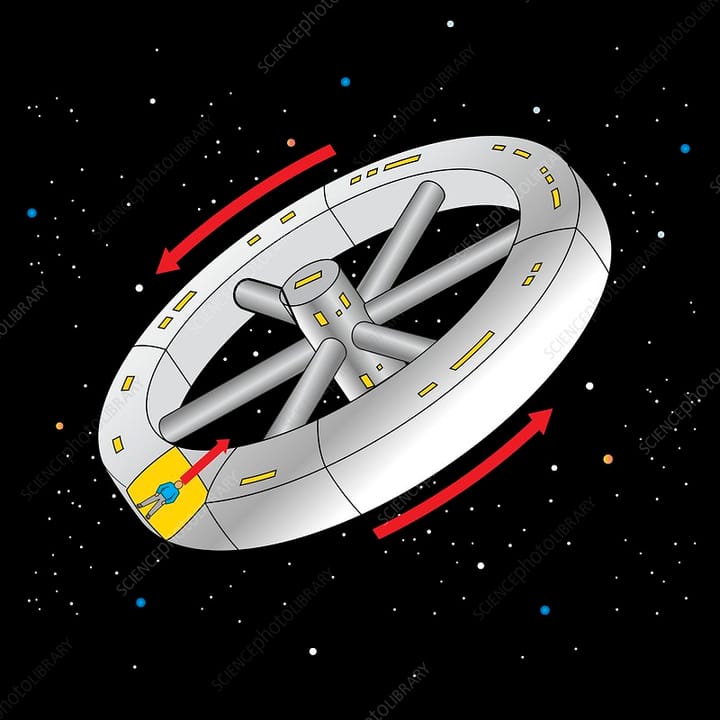



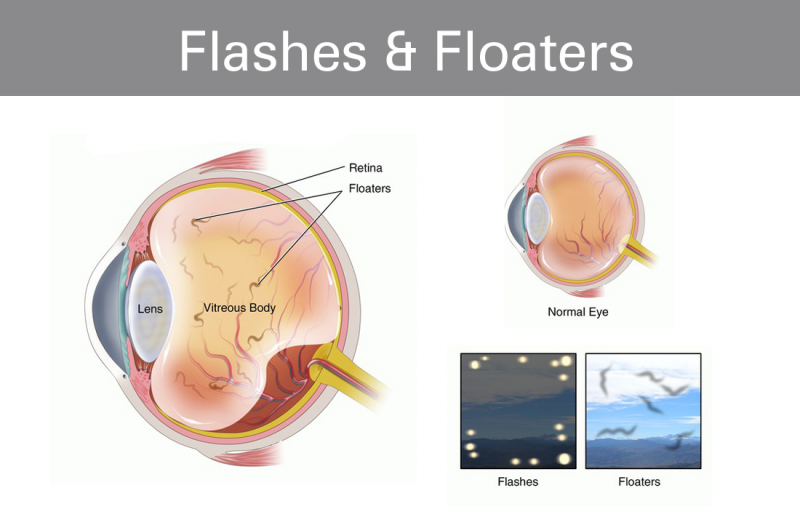






Comments ()